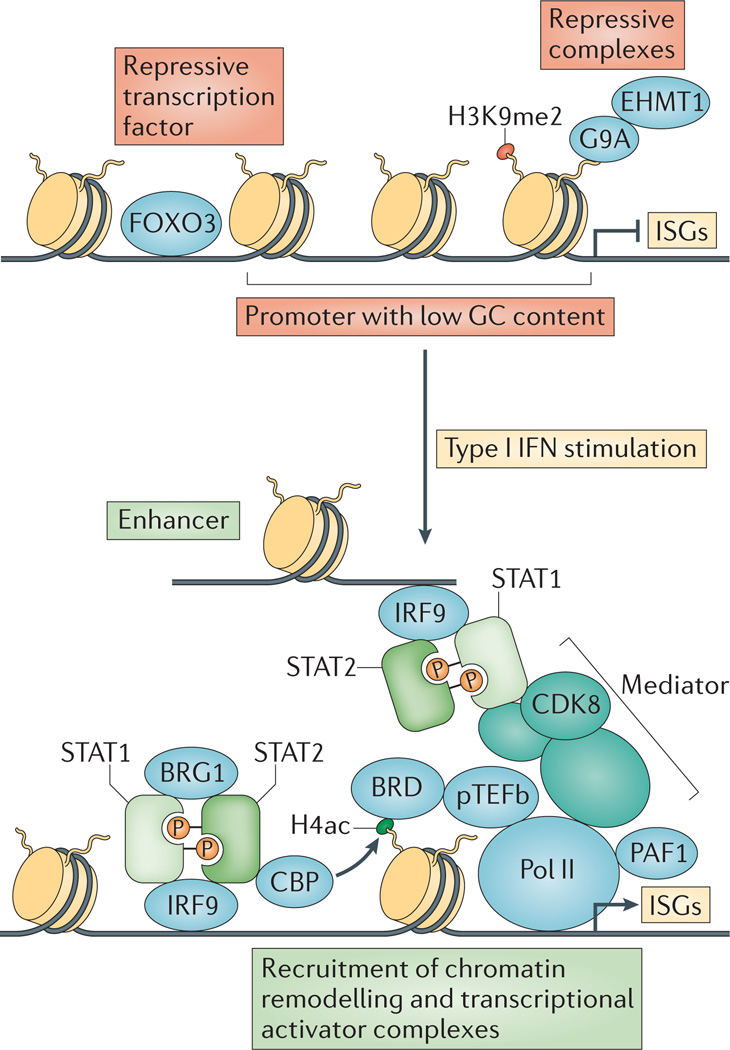Figure 4. Type I interferon induction of interferon-stimulated genes involves chromatin remodelling and recruitment of various transcriptional activators.
In unstimulated cells, interferon-stimulated gene (ISG) transcription is suppressed by repressive transcription factors such as forkhead box protein O3 (FOXO3), high nucleosome occupancy due to low GC nucleotide content and repressive complexes bound to methylated histones. On type I interferon (IFN) stimulation, the IFN-stimulated gene factor 3 (ISGF3) complex (which contains signal transducer and activator of transcription 1 (STAT1), STAT2 and IFN-regulatory factor 9 (IRF9)) binds to ISG promoters and enhancers, recruiting various chromatin remodelling and transcriptional activator complexes. These complexes include the CREB-binding protein (CBP) histone acetyltransferase, the BRG1 chromatin remodelling factor, the multi-subunit Mediator co-activator complex, the Pol II-associated factor 1 homologue (PAF1) elongation factor and bromodomain-containing proteins (BRDs) such as BRD4 that bind to acetylated histones. BRDs recruit positive transcription elongation factor b (pTEFb), which augments transcription by phosphorylating RNA polymerase II (Pol II). CDK8, cyclin-dependent kinase 8; EHMT1, euchromatic histone-lysine N-methyltransferase 1; H4ac, histone H4 acetylation; H3K9me2; histone H3 lysine 9 dimethylation.

